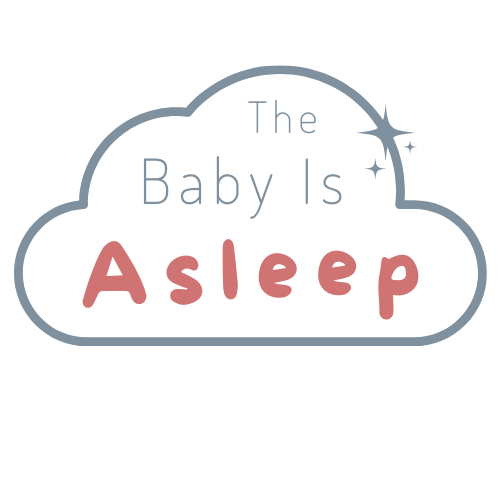Why You Need a Red Light Bulb in the Nursery
What color is your child's nightlight? If I had to guess, I would say it's probably white, or blue, or has some sort of projected star pattern or rainbow color-changing ability.
What if I told you...that's not helping your child's sleep!
You may be aware of the research on blue light (such as those on our electronics...TVs, phone chargers, etc.) and its negative effects on our ability to sleep. They even make blue light blocking glasses for adults so we can sleep better too after using electronics all day.
Our eyes process light and send signals to our body for what type of hormones to produce. Darkness at night helps us produce melatonin, a hormone that promotes healthy sleep. Light disrupts this process!
A child is extra sensitive to light and its ability to disturb healthy sleep patterns. Basically, it boils down to their brains being “tricked” by light into thinking that it is daytime, and hormone production adjusts accordingly.
There is some very interesting research showing that a RED light actually does not inhibit our body's healthy sleep process.
Of course with a young baby we will have to go into the nursery at least once in the night, to provide a feeding and diaper change (or two or three). Turning on a light or using a white or blue nightlight can absolutely have a negative effect on your child's ability to settle right back down to sleep for the rest of the night.
I always 100% recommend a completely dark nursery for your child at night. Whether you have to buy blackout curtains, tape cardboard over the windows, remove all electronic devices, whatever you have to do.
However, you still need to see what you're doing, and preferably not trip over the changing table and fall flat on your face.
This is where a red light bulb comes in!
Switch out your child's existing light bulb or nightlight with a red bulb.
If you also happen to have a Hatch sound machine, my favorite sound machine and nightlight for babies and children, it does have a red light setting you can switch it to.
Here’s where you can read one of the studies on red light and effects on melatonin!
